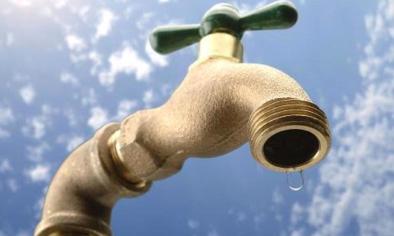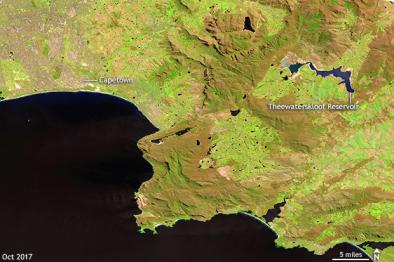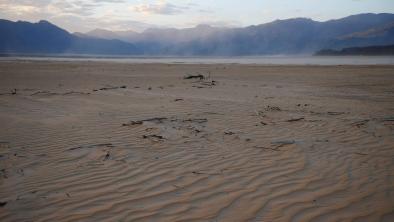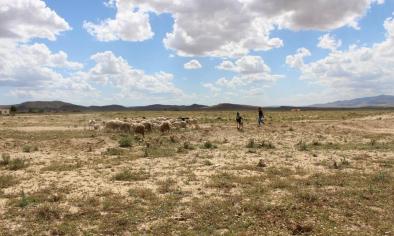Science Source
Drought-induced starvation of aardvarks in the Kalahari: an indirect effect of climate change
- States that aardvarks' survival may be threatened by climate change via direct and indirect effects of increasing heat and aridity
- Implants biologgers into six adult aardvarks resident in the semi-arid Kalahari to measure their current physiological plasticity
- Observes that, following a particularly dry and hot summer, five of the study aardvarks and 11 other aardvarks at the study site died
- Finds that body temperature records revealed homeothermy (35.4–37.2°C) initially, but heterothermy increased progressively through the summer, with declining troughs in the nychthemeral rhythm of body temperature reaching as low as 25°C before death, likely due to starvation
- Finds that activity patterns shifted from the normal nocturnal to a diurnal mode
- Concludes that extirpation of aardvarks, which play a key role as ecosystem engineers, may disrupt stability of African ecosystems
Related Content
Headline

Nov 3, 2017 | CSAG
How severe is this drought, really?
Headline

Nov 3, 2017 | Climate.gov
Water rationing in South Africa’s second-largest city after multi-year drought
Headline

Oct 24, 2017 | Quartz
Cape Town’s drought and water shortage has officially escalated to disaster levels
Headline

Oct 12, 2017 | Thomson Reuters Foundation
Africa tops global hunger index, driven by war and climate shocks


